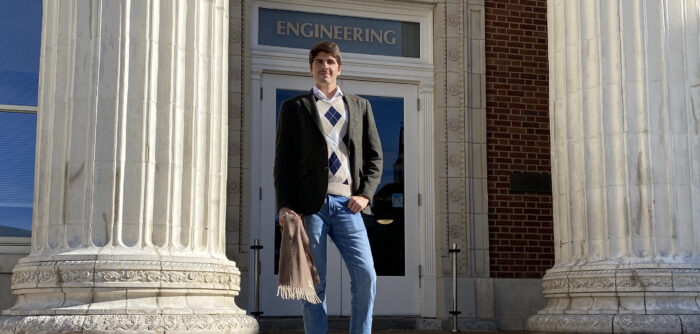Cincinnati/Northern Kentucky International (CVG) Airport in Kentucky is to implement AI to predict terminal crowding and improve the passenger experience.
Doctoral student Javier Viaña, from the Department of Aerospace Engineering at Ohio’s University of Cincinnati (UC) College of Engineering and Applied Science, will use the airport’s data to create a software program that can predict when travelers will arrive at the airport.
The software is expected to break down these predictions into 15-minute increments. By using data collected by another program previously developed by CVG, Viaña has been able to specifically model queue lines at the security checkpoint.
The work has been funded partly through a grant from the Airport Cooperative Research Program (ACRP), a research program that develops solutions to airport challenges. This program is supported by the FAA, the Virginia Space Grant Consortium and The National Academies of Sciences, Engineering and Medicine.
Candace McGraw, CEO of CVG, said, “The main objective of this work is to improve the passenger experience and inform operational decision-making at the airport. The modeling done by Javier provides the airport and our business partners with reliable data to prepare our operations based on passenger arrival predictions, potentially reducing crowding and wait times along the travel journey from parking and check-in to security screening and concessions.”
Viaña said, “What makes this model unique is how UC is using artificial intelligence based on fuzzy logic, a type of computer decision making that allows us to provide a human-like explanation for its predictions. We refer to this type of algorithms as explainable and transparent. Receiving an ACRP grant award is no easy feat, so it says something about the ever-growing importance of data modeling and the rising applications that utilize artificial intelligence and fuzzy logic over traditional programming methods. It’s an honor to have been selected to further this research along with UC and CVG.”


